News
3 Must-Reads
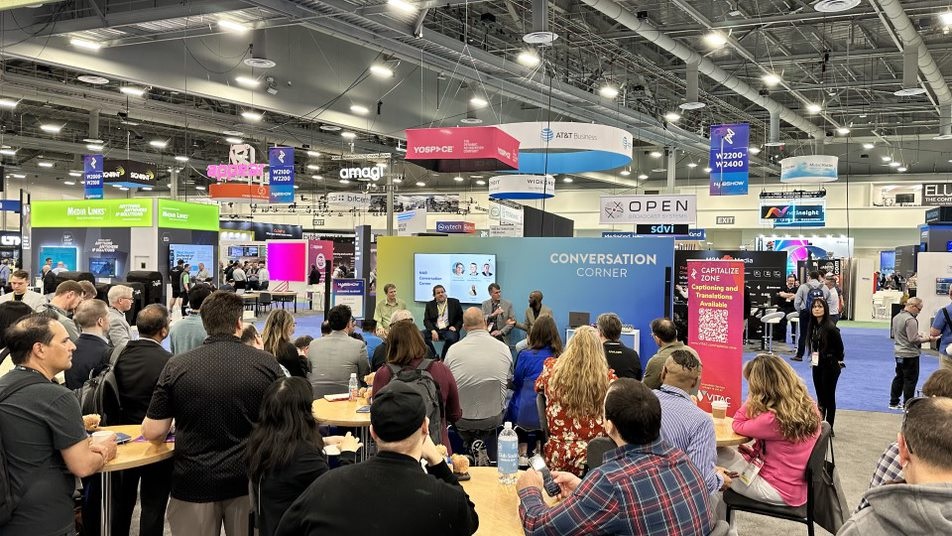
AI, Accessibility, and Localization: Takeaways from NAB Show 2024
NAB 2024 is a wrap! VITAC would like to thank everyone who took the time to meet and visit with us… Read More
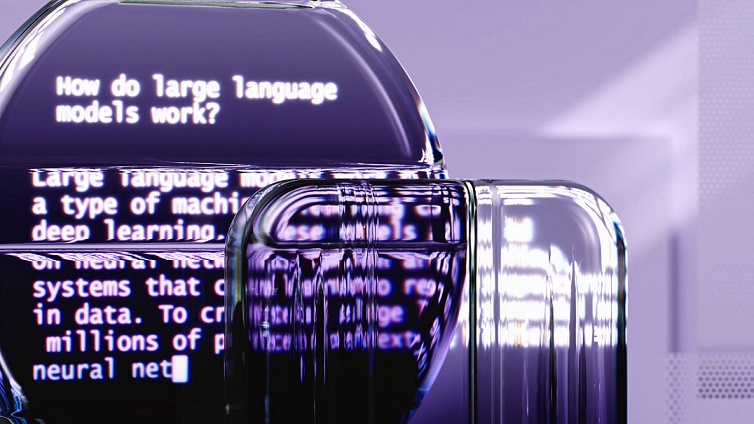
Traditional AI vs. Generative AI: Understanding the Differences and Advantages
Artificial Intelligence (AI) has been a topic of discussion across a variety of industries for decades, with many viewing the technology… Read More
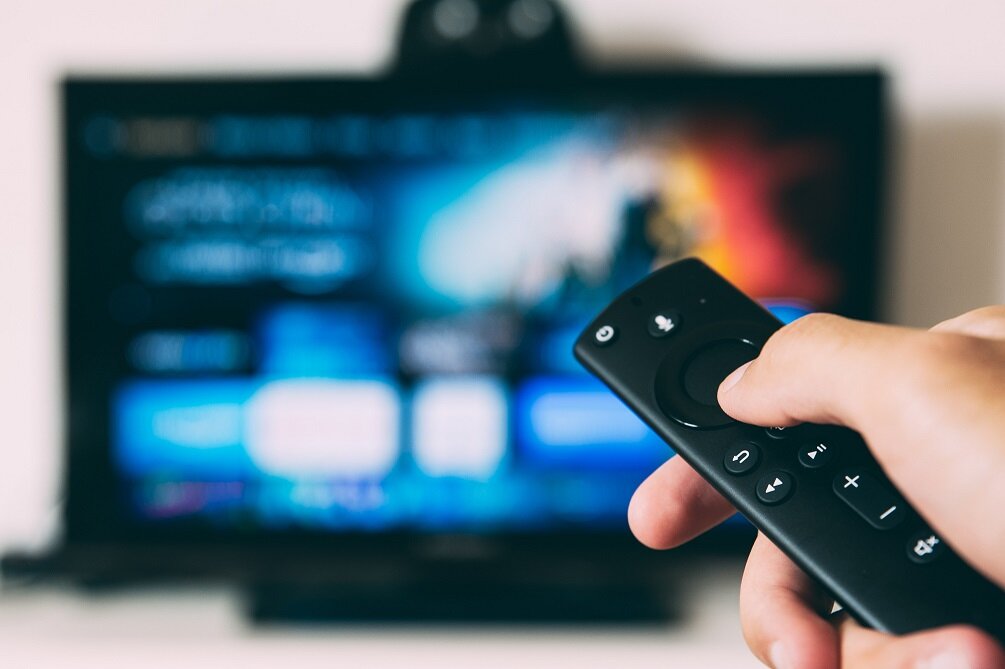
The Growing Demand for Captions and Subtitles in Today’s Media Landscape
The demand for captions and subtitles has seen a significant upswing in recent years as viewers of all abilities are hitting… Read More
Subscribe to our blog
Helpful Content

Justice Department Sets Accessibility Requirements for State and Local Government Websites and Mobile Apps
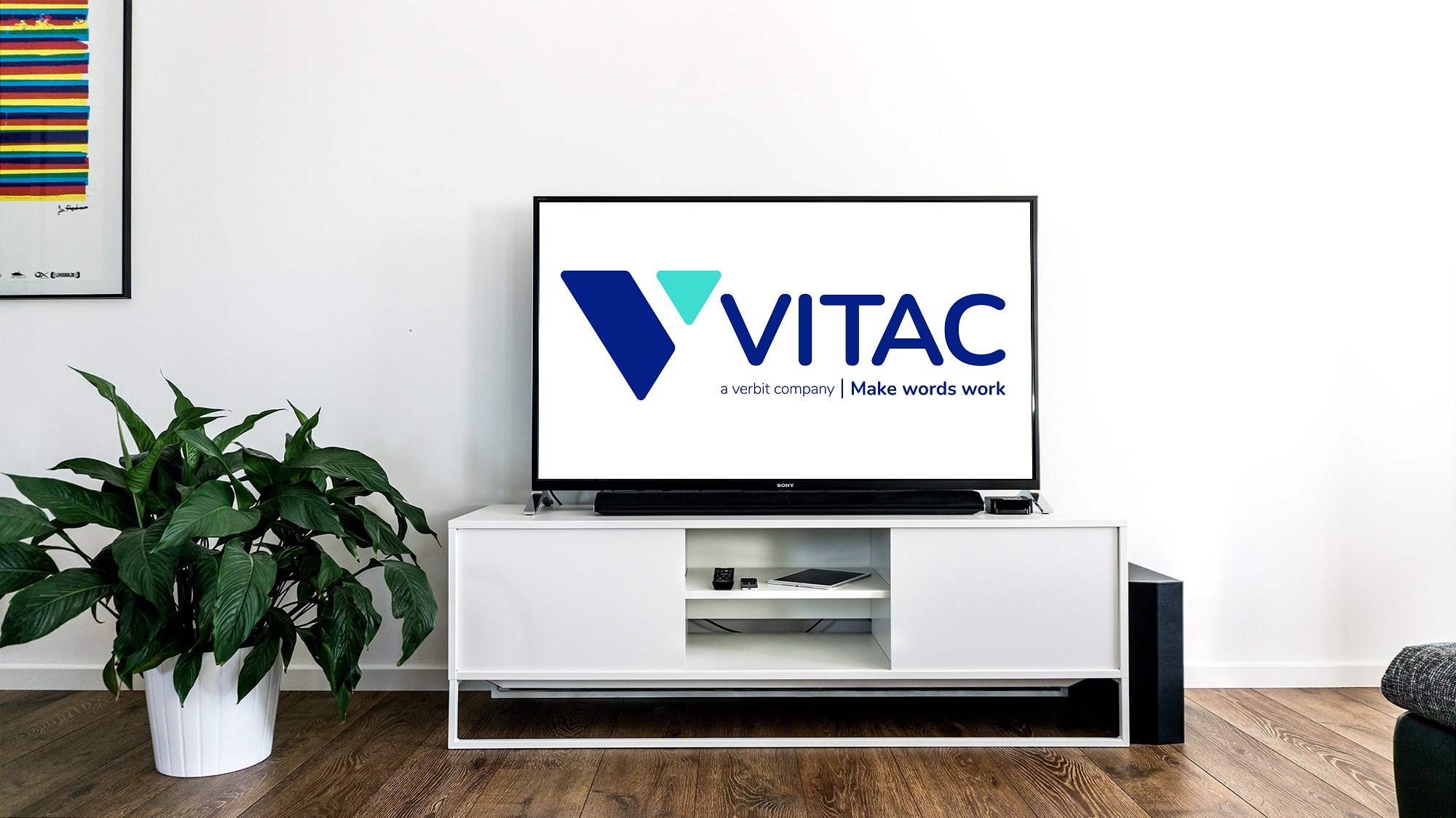
VITAC and ENCO Form Strategic Partnership to Expand Caption Encoding and Delivery Options for Broadcasters

VITAC Combines AI Technology, Experience to Deliver Exceptional Caption and Transcription Quality

ADA Round-Up: Survey Sheds Light on Workplace Discrimination; Beauty Company Pays $75K to Settle Suit
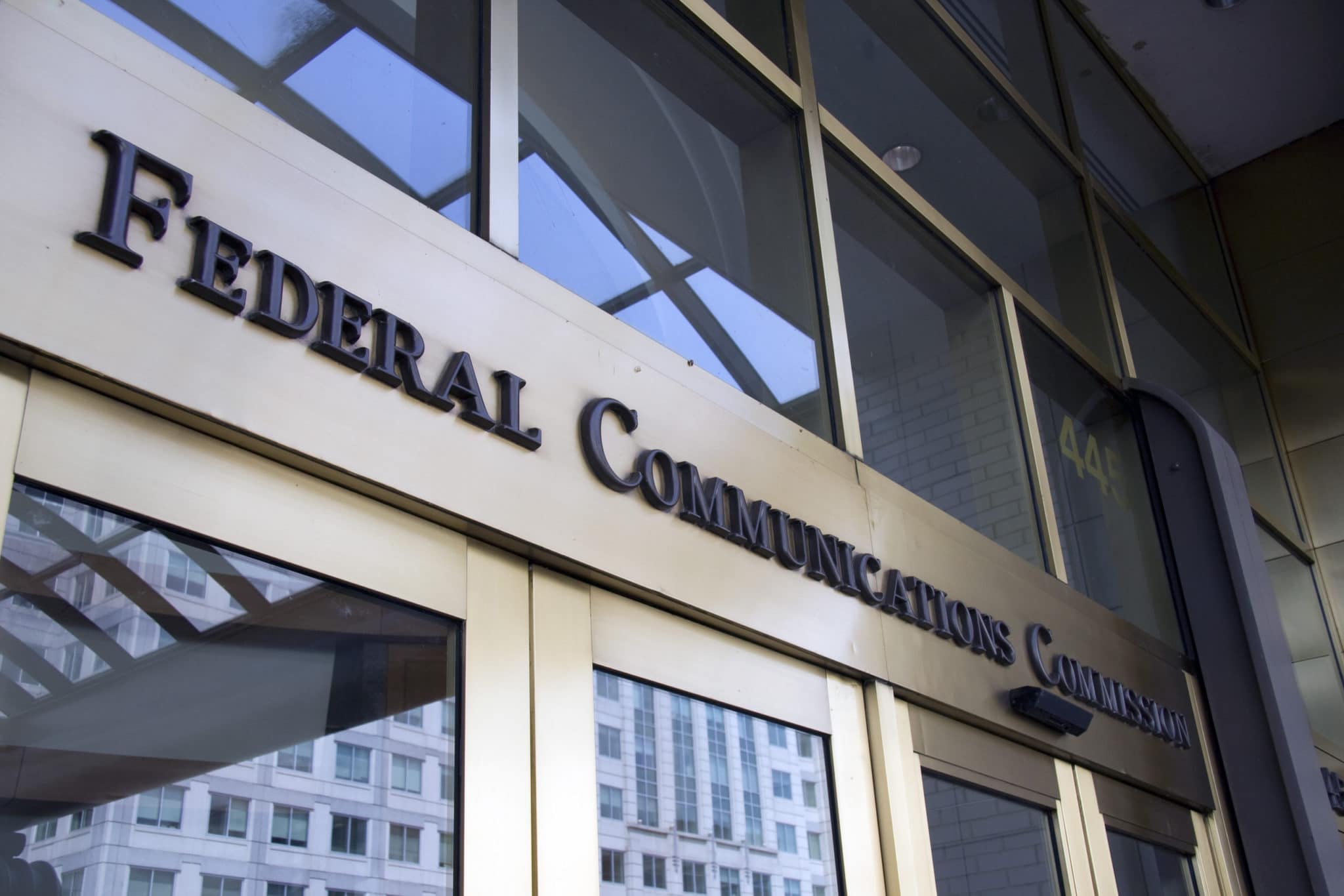
FCC Announces New List of Networks Subject to Audio Description; Seeks Comment on CVAA Report
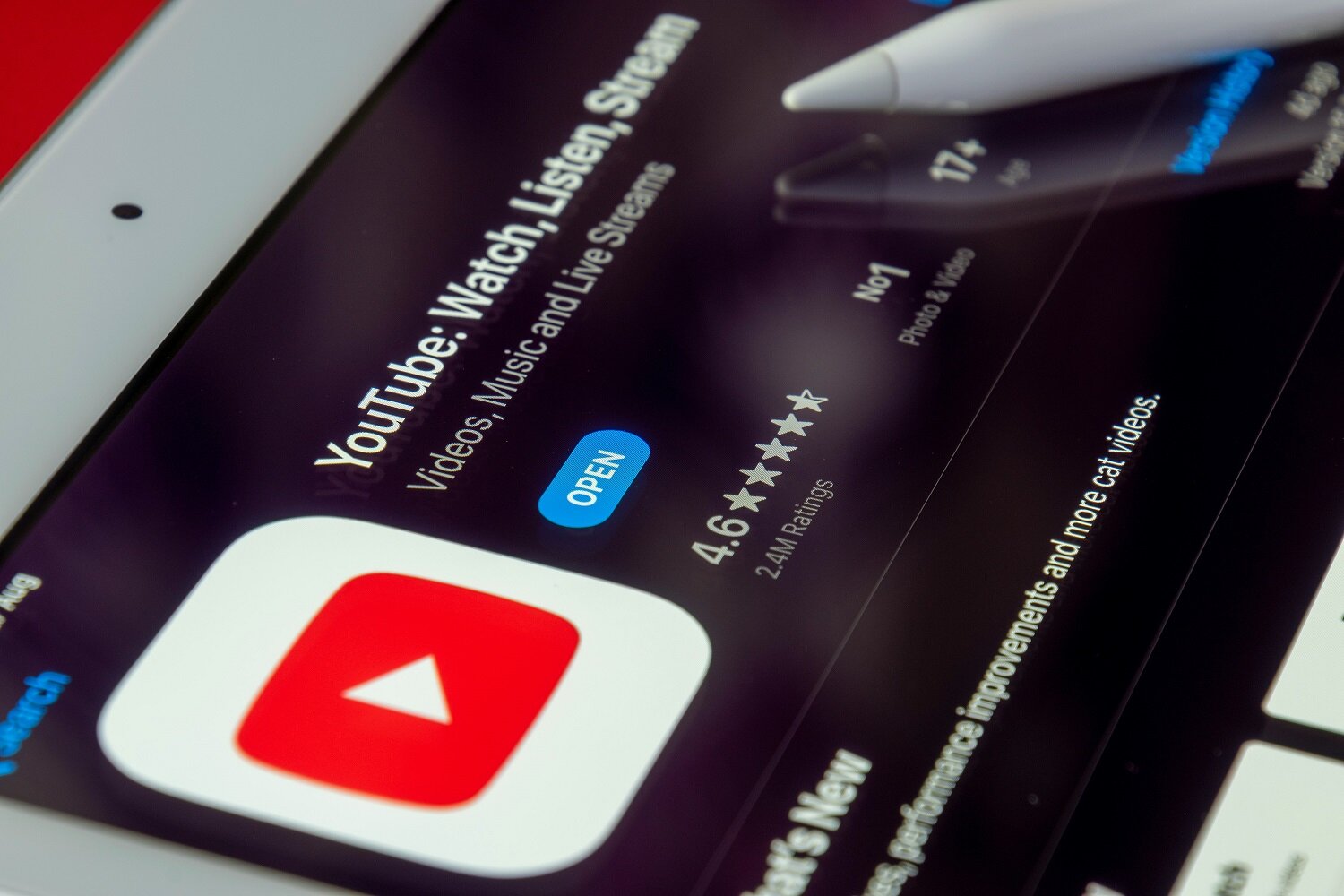
Expand Your YouTube Channel’s Global Reach with VITAC Dubbing Services

Whitepaper Explores the Impact, Limitations, and Opportunities of ASR Technologies

An Intro to Audio Description: Enhancing Accessibility for Individuals with Vision Loss
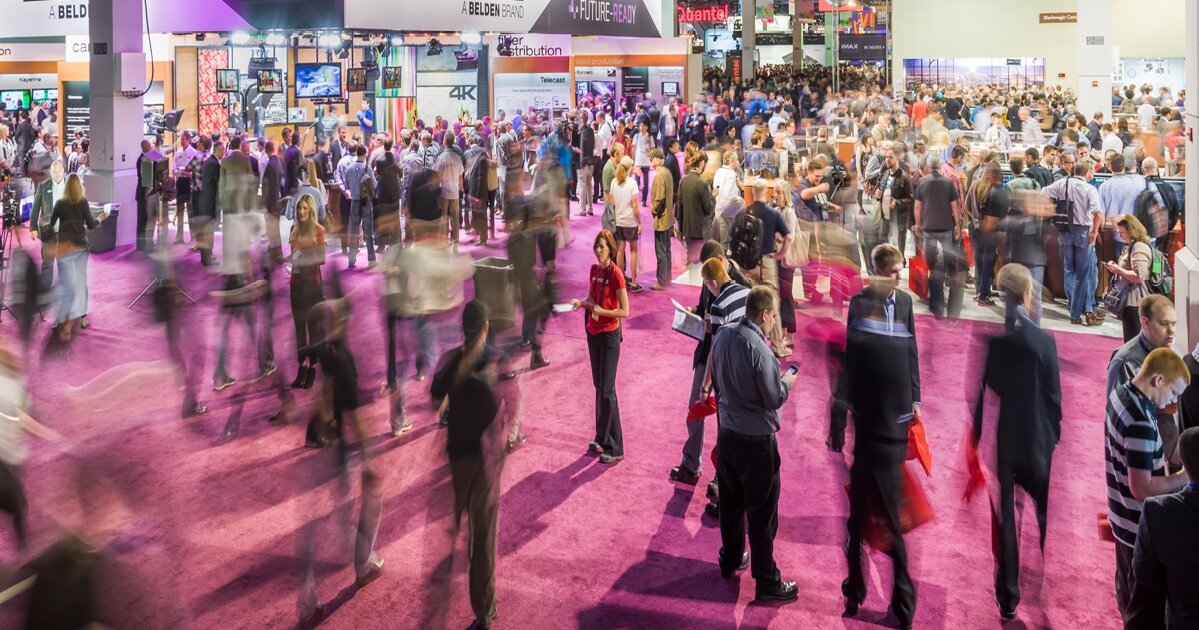
VITAC Joins Creator Lab as Closed Captioning Sponsor at NAB 2024

VITAC Hosting Broadcasters’ Breakfast, Caption Technology Discussion at NAB 2024
Subscribe to our blog
Sign up to get the latest news and updates from us.